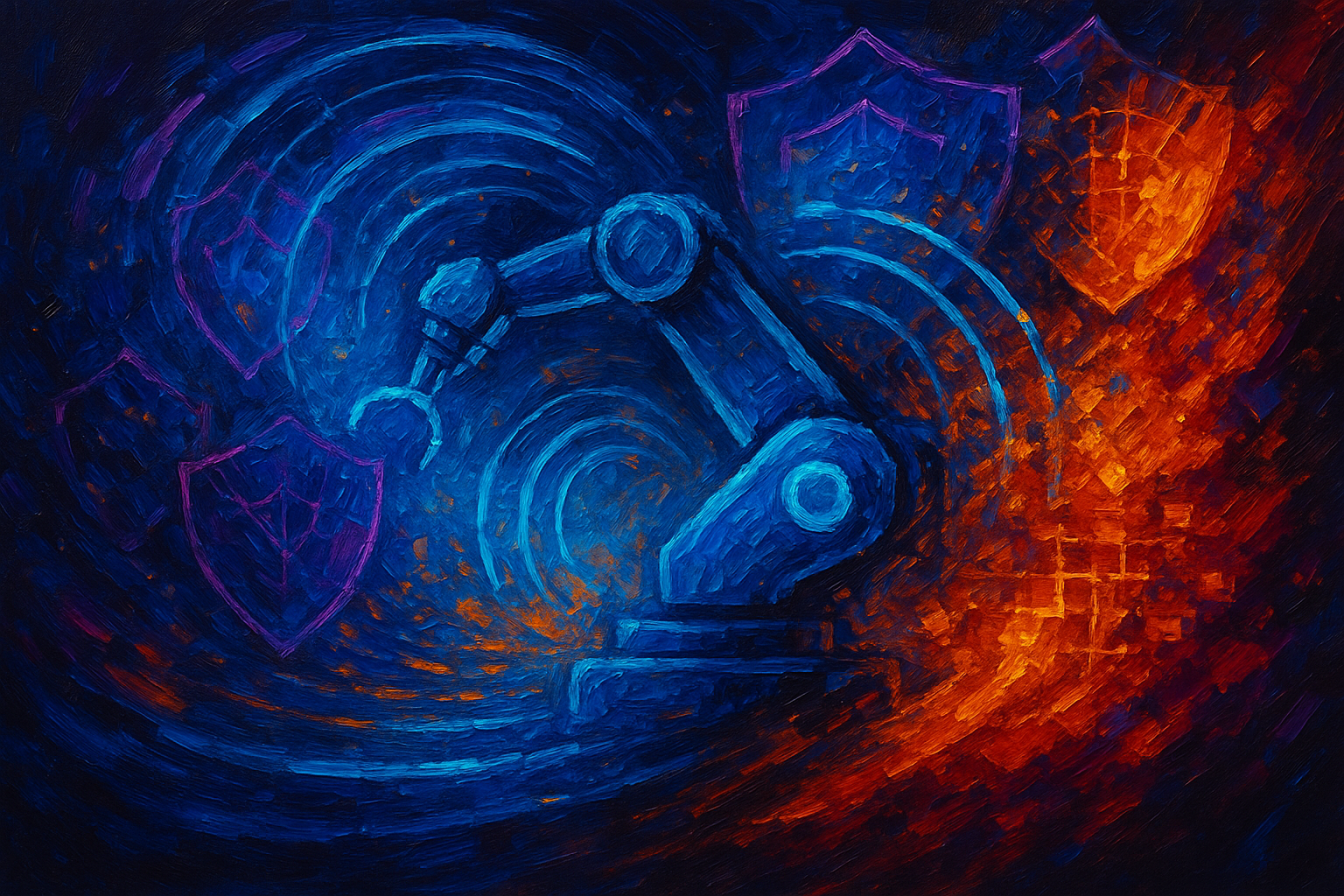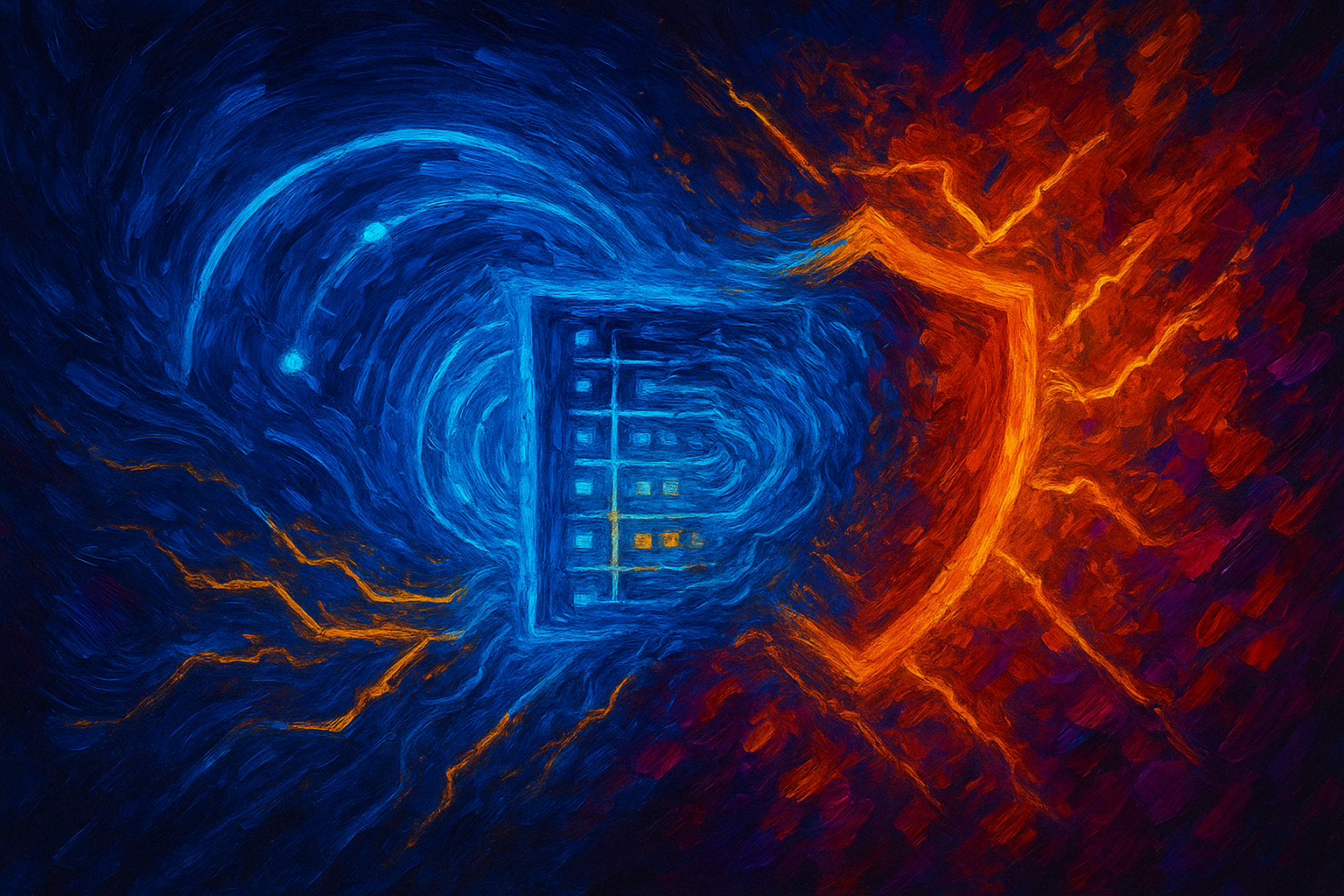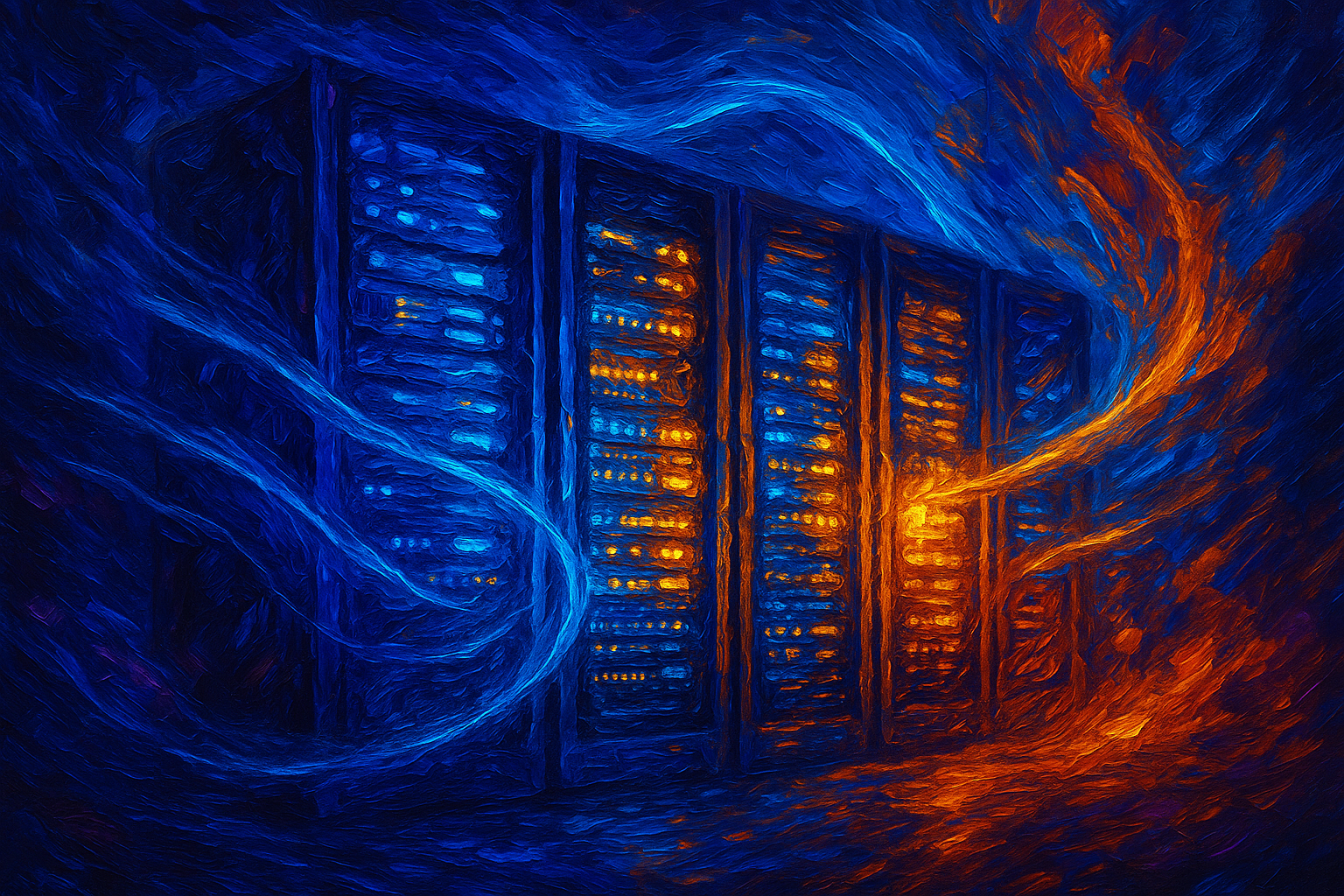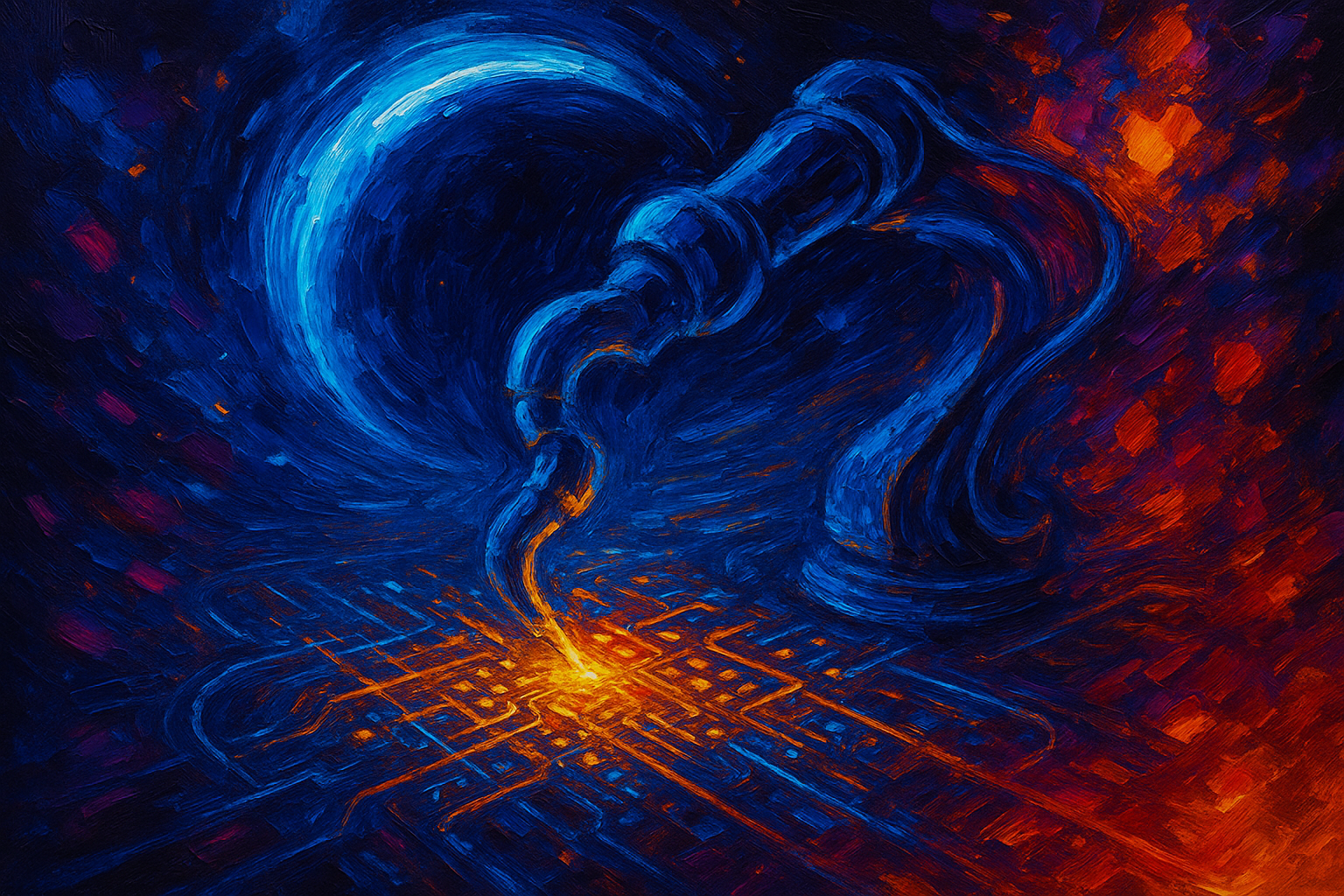The Cloud Database Security Crisis
Let's cut through the hype: your traditional Database Activity Monitoring (DAM) solution is failing you right now if you've moved workloads to cloud-native databases. It's not a maybe - it's a certainty. The perimeter-based monitoring approaches that worked for on-prem Oracle or SQL Server deployments collapse when faced with Google BigQuery's serverless architecture or MongoDB Atlas's distributed clusters. Security teams are discovering this the hard way when audit logs show perfect compliance while actual breaches slip through.
Where Legacy DAM Falls Short
Traditional DAM solutions rely on three pillars that crumble in cloud environments:
- Network Tapping Doesn't Exist: Cloud databases communicate via API calls, not raw network traffic. You can't tap VPCs like datacenter switches
- Agent Deployment Nightmares: Try installing kernel-level agents on AWS Aurora serverless instances or Google Cloud Spanner - it's architecturally impossible
- Blindness to Cloud Admin Activities: 78% of cloud database breaches start via console access according to recent Dark Reading analysis, not SQL injections
Real-World Failure Points
Case Study: The $14M Near-Miss
When that Singapore bank detected fraudulent transactions, it wasn't their DAM that caught it - it was cloud-native logging. Their legacy DAM solution completely missed the NoSQL injection attack because:
- Attackers used MongoDB Atlas console credentials stolen via phishing
- Malicious queries bypassed network monitoring entirely
- Behavioral analysis wasn't applied to cloud admin sessions
As the bank's CISO told me: "Our DAM showed green lights while attackers were exfiltrating data". They only stopped the breach because Google Cloud's native Database Activity Monitoring flagged abnormal export patterns.
The Kubernetes Visibility Gap
Containers break DAM in fundamental ways:
| Traditional DAM Expectation | Container Reality |
|---|---|
| Static IP addresses | Ephemeral pods with changing IPs |
| Persistent agent installation | Immutable containers rebuild constantly |
| Centralized log collection | Distributed logging across nodes |
A recent Container Journal study found 42% of Kubernetes deployments have DAM blind spots - attackers actively exploit these gaps using TLS-encrypted attacks between pods.
The New Rules of Cloud Database Monitoring
Non-Negotiable Capabilities
Forget checkbox features - these are the operational requirements:
- API-Centric Monitoring: Must capture cloud provider APIs (AWS CloudTrail, Azure Monitor, GCP Audit Logs)
- Behavioral Baselining: Machine learning that understands normal user/db interactions across distributed systems
- Automated Compliance Mapping: Real-time mapping to DORA, HIPAA, and SOC2 controls as configurations change
Vendor Reality Check
Don't believe the marketing - here's what actually works based on MITRE testing:
| Vendor | Cloud DB Coverage | K8s Support | Behavioral Analytics |
|---|---|---|---|
| Vendor A | AWS RDS only | Limited | Signature-based |
| Vendor B | Azure SQL, CosmosDB | Yes | ML-powered |
| Google Native | BigQuery, Spanner | GKE Only | Context-aware |
The brutal truth? No single solution covers all environments - you need layered monitoring. As Gartner notes: "Cloud DAM requires purpose-built approaches per environment".
Implementation Roadmap
Phase 1: Instrumentation Before Protection
Stop trying to bolt DAM onto cloud databases - instrument properly:
- Enable native logging (AWS CloudTrail Data Events, GCP Audit Logs)
- Feed logs to cloud-native SIEM (Azure Sentinel, Chronicle)
- Deploy lightweight agents ONLY where possible (e.g., sidecar containers)
Phase 2: Behavioral Guardrails
With visibility established, add intelligent protection:
- Implement Zero Trust principles for database access
- Configure auto-remediation for policy violations (e.g., automatic IAM role revocation)
- Integrate with CSPM tools for configuration drift detection
The Future Is Context-Aware
The next evolution goes beyond activity monitoring to understanding intent. We're seeing:
- UEBA (User Entity Behavior Analytics) integration with DAM
- Automated compliance evidence generation for frameworks like DORA
- Declarative security policies that auto-configure monitoring
Security isn't about watching databases anymore - it's about understanding data relationships across distributed systems. The tools that matter in 2025 don't just monitor - they interpret.
Bottom line: If your DAM solution hasn't been rearchitected for cloud-native databases, you're running a compliance theater, not actual security. The fix requires fundamental rethinking - not just newer versions of legacy tools.

































































.png)



